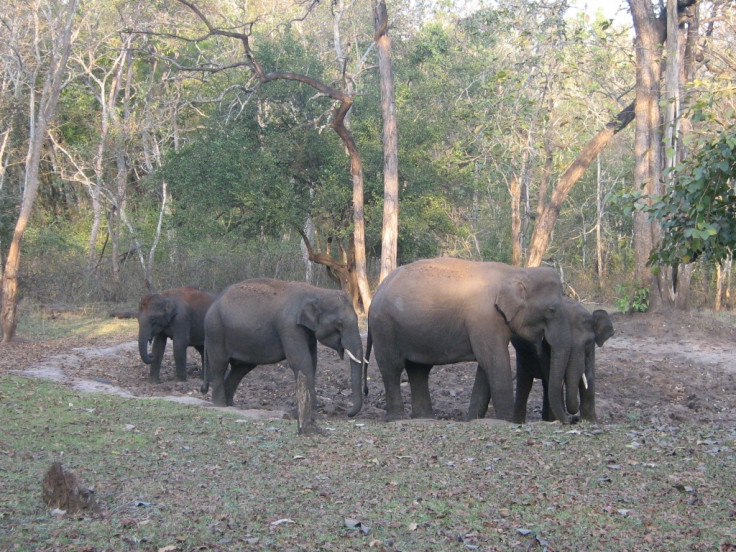Elephant Deaths: India's Apex Court Suggests Use of Advanced Surveillance Technology to Avert Accidents

India's Supreme Court has suggested the deployment of Battlefield Surveillance Radar System, thermal imaging cameras and satellite navigation to trace and inform train drivers about the presence of elephants on railway tracks.
The court pulled up the ministry of environment and forests (MoEF) for not sending any counsel during the hearing and summoned the MoEF secretary to be present in court on September 23 with an affidavit detailing the steps taken by the ministry to save elephants from being killed on train tracks, writes the Times of India.
It went on to suggest the environment ministry should map the traditional migration routes of elephants and identify places where they cross railway tracks. The railways should construct underpasses at these places, the court said.
Contraceptives fed to pachyderms
The apex court also pulled up the West Bengal government for allegedly introducing contraceptives for elephantsto indirectly reduce the accidents on rail tracks, says a PTI report appearing in Business Standard. Calling it a "regressive and condemnable" step the court restrained the state from resorting to such action.
There are around 26,000 Asian wild elephants in India.
Elephant deaths on railway tracks in India have been a point of concern for environmentalists, with over 50 deaths reported in two years. Most of these are recorded from Assam, West Bengal, Uttarakhand and Orissa.
The Wildlife Trust of India has undertaken studies to look into the problem and suggest measures.
Elephants cross the tracks in search of water and often the steep embankments do not allow the animal to escape from an approaching train. Joint patrolling near elephant zones, leveling of embankments, slowing down of trains, and awareness programmes have been suggested besides habitat management and maintenance of water bodies in the forests.
© Copyright IBTimes 2025. All rights reserved.



















